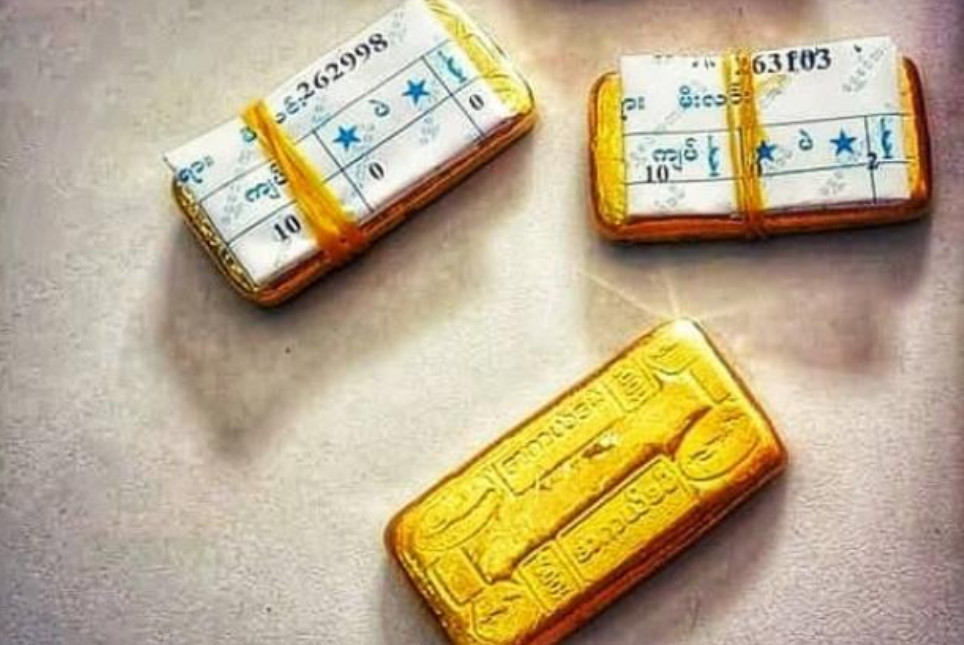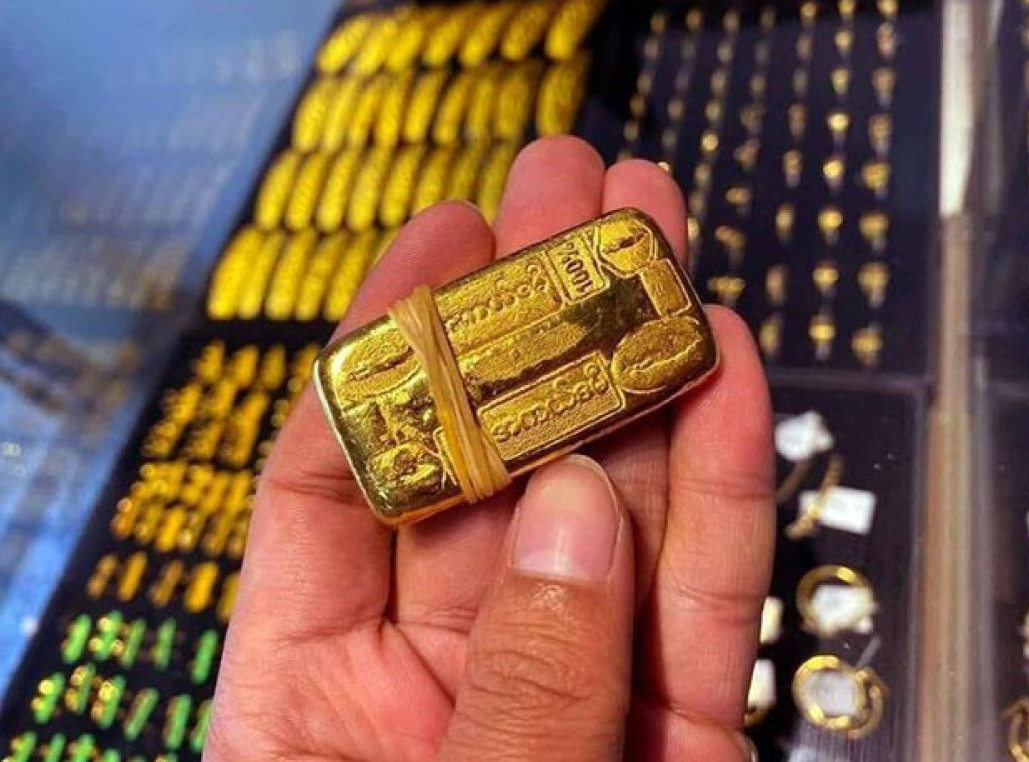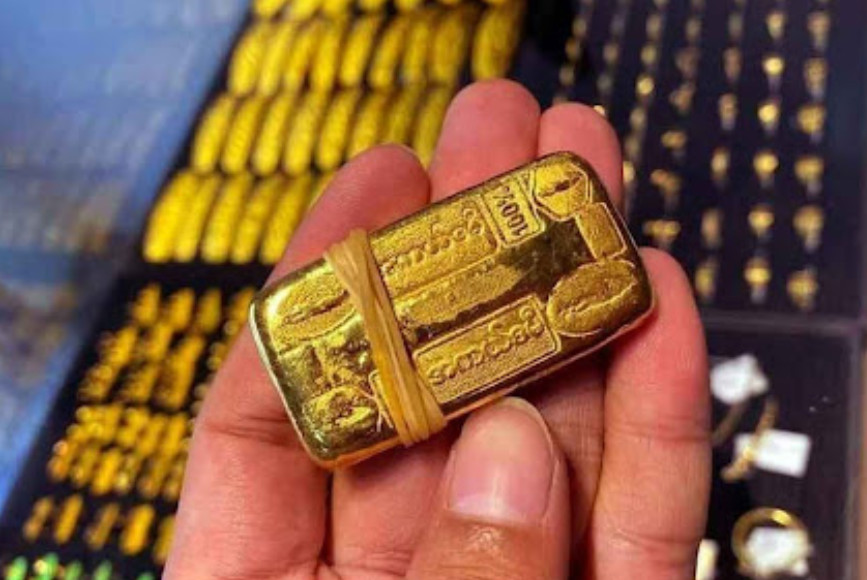Safe handling of raw and cooked foods is essential to prevent cross-contamination and ensure food safety. Here are the detailed guidelines for the safe handling of raw and cooked foods:
Separation of Raw and Cooked Foods – Separate Storage: Store raw meat, poultry, seafood, and their juices away from other foods in the refrigerator. Use containers or sealed bags to prevent juices from dripping onto other foods.








Different Cutting Boards and Utensils: Use separate cutting boards and utensils for raw meat, poultry, seafood, and for cooked foods or produce to avoid cross-contamination.
Designated Areas: If possible, designate specific areas in the kitchen for handling raw foods and separate areas for cooked foods.
Safe Thawing Methods
Refrigerator Thawing: Thaw raw meat, poultry, and seafood in the refrigerator, placing them on a plate or in a container to catch any juices.
Cold Water Thawing: Place the food in a sealed plastic bag and submerge it in cold water, changing the water every 30 minutes. Cook immediately after thawing.
Microwave Thawing: Thaw in the microwave if cooking immediately afterwards, as some parts of the food may become partially cooked during the thawing process.
Preventing Cross-Contamination
Hand Washing: Wash hands with soap and water before and after handling raw foods and after touching any surfaces that may be contaminated.
Surface Cleaning: Clean and sanitize countertops, cutting boards, and utensils after they come into contact with raw foods.
Separate Containers: Use separate containers for raw and cooked foods. Do not reuse marinades used on raw meat or poultry unless they are boiled first.
Proper Cooking Temperatures
Food Thermometer: Use a food thermometer to ensure that foods reach a safe internal temperature:
Poultry: 165°F (74°C)
Ground meats: 160°F (71°C)
Beef, pork, lamb, and veal (steaks, chops, roasts): 145°F (63°C) with a three-minute rest time
Fish: 145°F (63°C)
Avoiding Partial Cooking: Do not partially cook foods to finish cooking later, as this can allow bacteria to survive and multiply.
Safe Handling Post-Cooking
Hot Holding: Keep cooked foods hot at 140°F (60°C) or above until serving.
Rapid Cooling: Cool cooked foods quickly by dividing them into smaller portions and placing them in shallow containers. Refrigerate promptly at 40°F (4°C) or below.
Storage of Leftovers: Store leftovers in airtight containers and refrigerate within two hours of cooking. Consume refrigerated leftovers within 3-4 days, and reheat them to 165°F (74°C) before eating.
Serving Food Safely
Serving Utensils: Use clean utensils for serving food to avoid contaminating cooked foods.
Avoiding Cross-Contact: Prevent cross-contact by not mixing raw and cooked foods on the same plate or using the same utensils without cleaning.
Training and Awareness
Staff Training: Regularly train food handlers on safe practices for handling raw and cooked foods to minimize the risk of cross-contamination.
Customer Education: Provide information to customers on safe food handling practices, such as proper cooking and storage techniques, through labeling and informational pamphlets.
By following these guidelines, the risk of cross-contamination and foodborne illnesses can be significantly reduced, ensuring that food is safe for consumption.

Leave a Reply